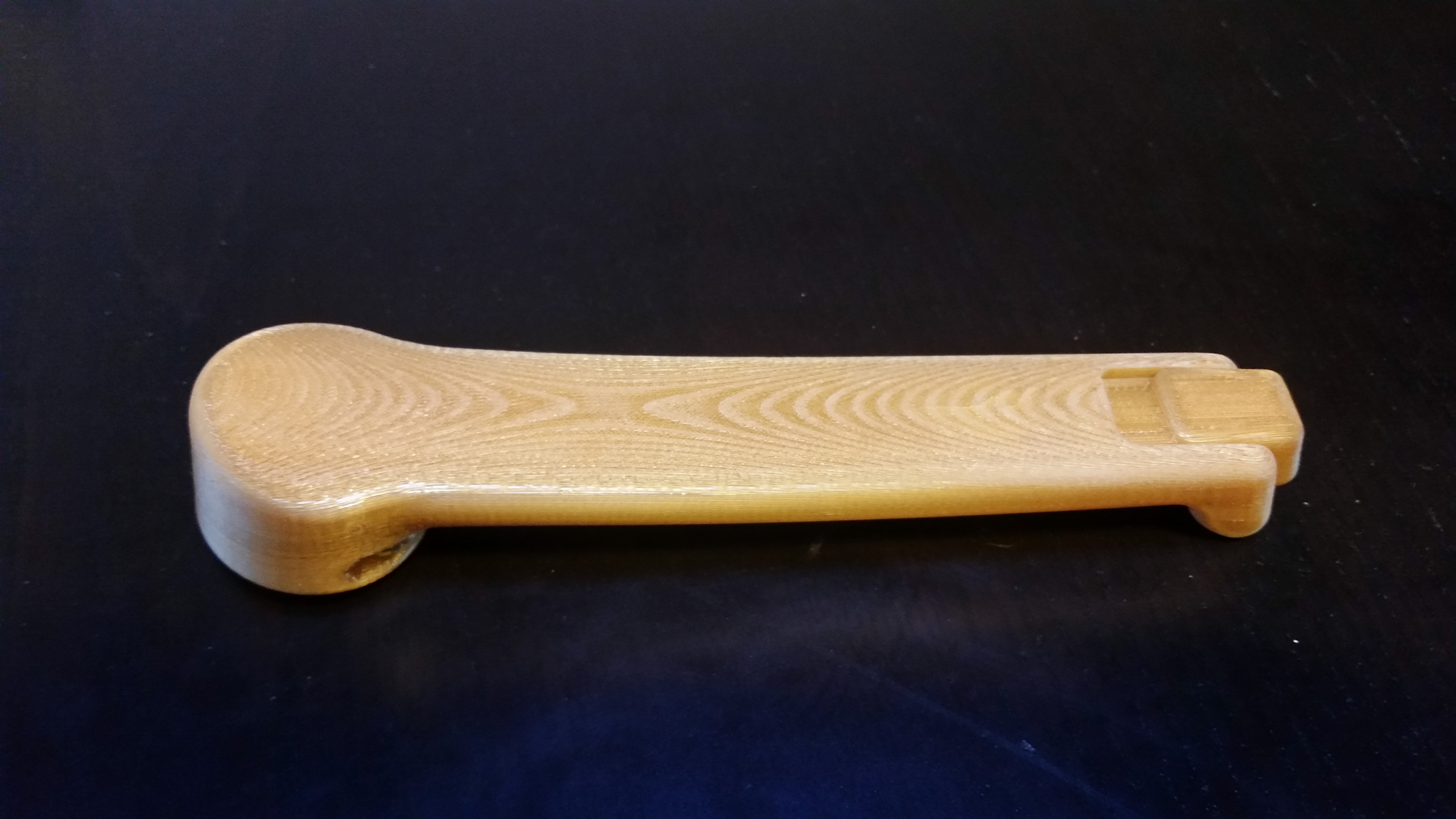Following an increasing demand of its clients in the aerospace, Plyform was looking for a solution to produce lightweight parts with the desired flame, smoke and toxicity requirements for use on aircraft.

The company decided to leverage Stratasys F900 Production 3D Printer and its aerospace-grade ULTEM 9085 thermoplastic. The same 3D printer was used by GKN Aerospace to save time in assembly production.
This time, the hardware and the material enable the company to fabricate 3D printed composite tools that are necessary in the manufacturing of carbon-fiber parts for helicopters, significantly faster than using aluminum tools and at a fraction of the cost.
The pilot’s cyclic stick is one example of a tool. Plyform 3D prints a mold tool in ST-130 soluble material. The carbon fiber composite material is then wrapped around the mold, and once cured, the internal sacrificial core is washed away leaving the final composite part.
“With traditional composite production, the challenge is always lead times, cost-effectiveness, and in many cases, the quality of the final composite part,” explains Luca Ceriani, Plyform Head of Manufacturing Engineering. “To produce the composite tool for a helicopter’s pilot stick, traditionally we would need four hours to mill the tool and another four hours to give it an external treatment to avoid resin contamination. With Stratasys FDM technology, we can 3D print a tool in just two and a half hours and at 80% reduced cost. In addition, I estimate that using this technique the quality of the part has improved by 30%. This is a game-changer for our business.”
For further information about 3D Printing, follow us on our social networks and subscribe to our newsletter
Would you like to subscribe to 3D Adept Mag? Would you like to be featured in the next issue of our digital magazine? Send us an email at contact@3dadept.com





